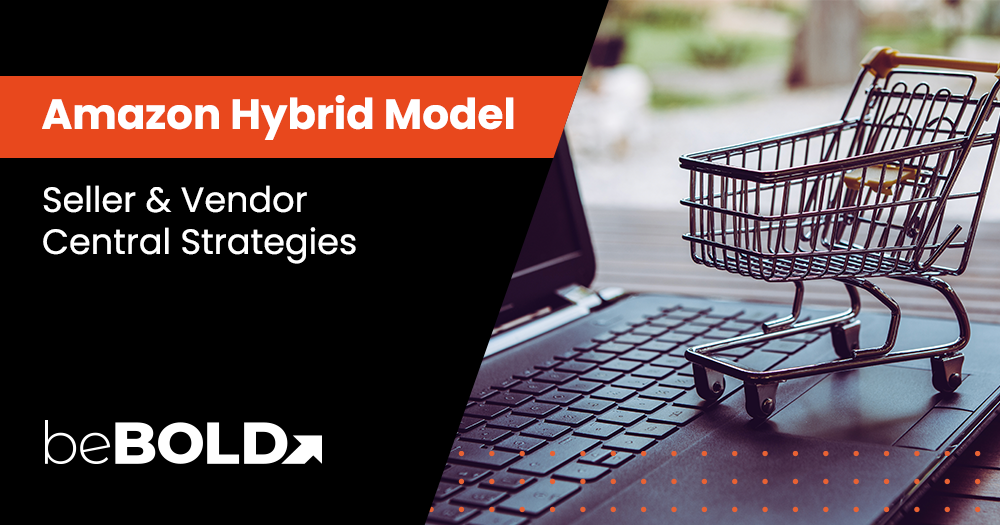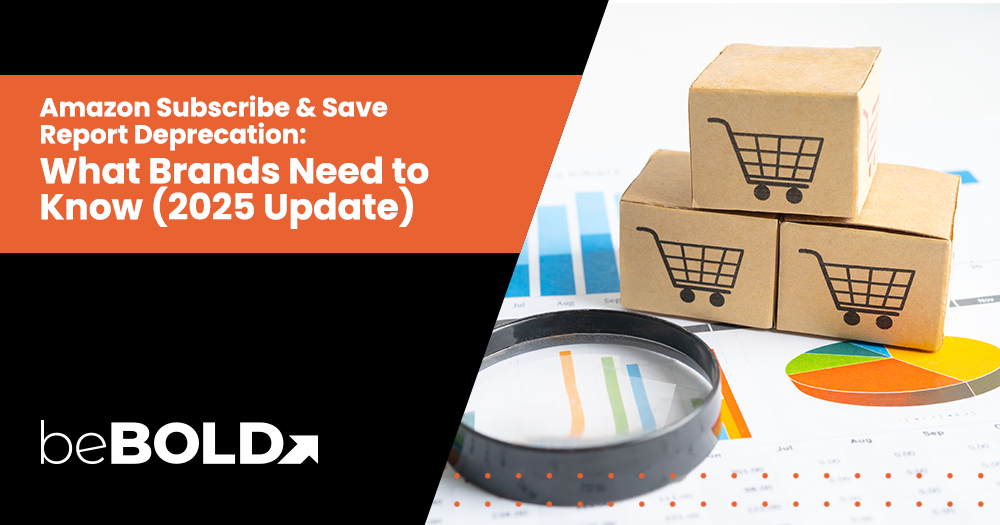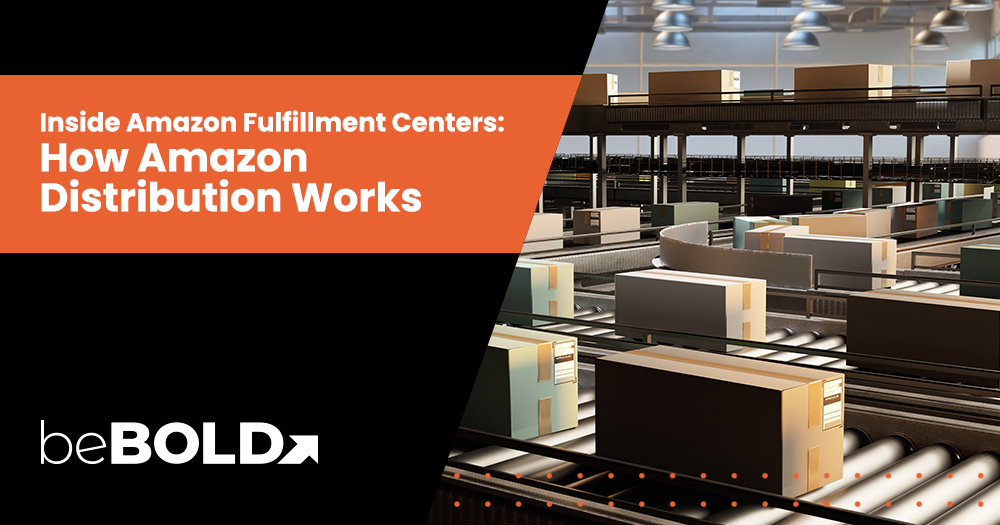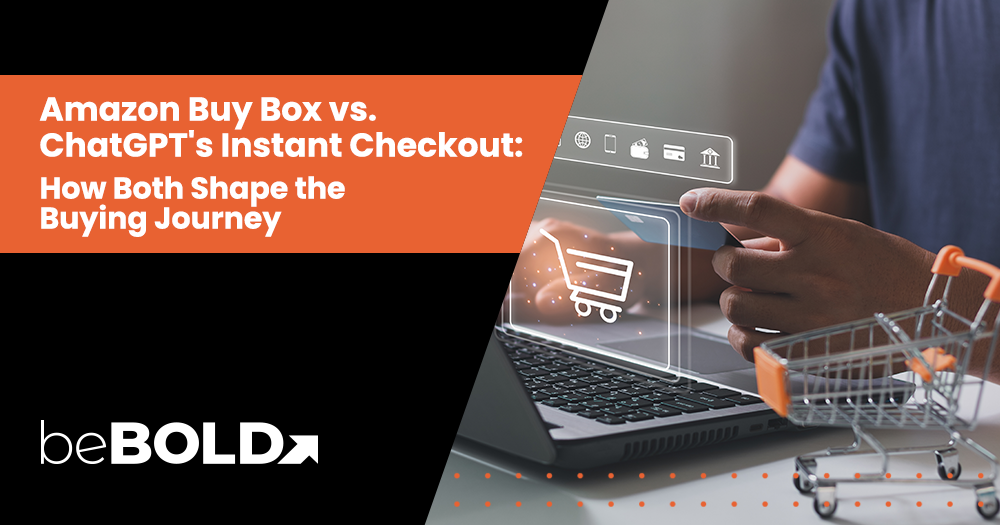Key Summary
- The Amazon Hybrid Model combines first-party (1P) and third-party (3P) selling strategies, allowing businesses to sell directly to Amazon and customers.
- This model offers flexibility by using Amazon’s distribution network while retaining control over pricing and inventory.
- Vendor Central (1P) is an invite-only platform where businesses sell to Amazon, and Amazon handles inventory, fulfillment, and customer service.
- Businesses can sell some products to Amazon and others directly to customers, benefiting from both platforms' advantages.
- Hybrid sellers maintain control over pricing and inventory on Seller Central while enjoying bulk orders and marketing tools from Vendor Central.
- The hybrid model helps maximize reach, increasing exposure on both Amazon’s retail and marketplace.
- It minimizes risks like stockouts by allowing better inventory management across both platforms.
- Brands can test new products on Seller Central before committing to Vendor Central’s bulk orders.
- Access to more advertising tools like DSP and Seller Central promotions boosts visibility.
- The hybrid model offers greater control and stability, protecting brands from potential risks.
More than often, it happens that vendors miss the freedom and control they had on their products when they were sellers. When they think of switching back to Seller Central, the lower feelings and the privilege of selling their products directly to Amazon seem to stop them. For vendors who are in a dilemma as to which model to choose, we advise them to use the hybrid approach. It is a good way for the vendors to get the best of both worlds (or rather, models).
What is an Amazon Hybrid Model?

The Amazon Hybrid Model combines both first-party (1P) and third-party (3P) selling strategies on the Amazon platform. In this model, brands can sell their products directly to Amazon as a vendor (1P), allowing Amazon to handle inventory and customer service while also maintaining its own seller account (3P) to sell directly to consumers. This approach enables brands to benefit from Amazon's vast distribution network and marketing tools while retaining control over pricing and inventory management. By leveraging the advantages of both platforms, businesses today can maximize their reach and sales potential.
What is an Amazon Vendor Central Account?
Amazon Vendor Central is an invite-only platform for businesses that want to sell their products to Amazon itself. When you sell to Amazon in this capacity, you are their supplier. The core process is straightforward: Amazon sends you a purchase order listing what they want to buy. You send Amazon the inventory they have ordered.
Key Features of Amazon Vendor Central Account
Key features of an Amazon Vendor Central account include:
- First-Party Selling (1P): As a vendor, you sell products directly to Amazon, which then resells them to customers, acting as a wholesaler.
- Purchase Orders: Vendors receive purchase orders (POs) from Amazon, indicating the quantities Amazon wants to buy and at what price.
- Bulk Orders: Vendors can benefit from larger bulk orders than individual customer orders in Seller Central.
- Amazon Managed Sales: Amazon handles retail pricing, inventory, and fulfillment, simplifying logistics and providing customer service for vendors.
- Marketing & Advertising Opportunities: Vendors have access to premium marketing services, including A+ Content, Amazon Vine (product reviews), and early access to promotional programs.
- Vendor-Powered Analytics: Vendors gain access to detailed analytics on sales performance, customer behavior, and inventory management through tools like Amazon Retail Analytics (ARA). When paired with Amazon Brand Analytics in Vendor Central, these insights become even more powerful—providing visibility into customer search terms, repeat purchase behavior, and competitor benchmarks to inform smarter business decisions.
- Co-Op Deductions: Vendors can participate in various co-op agreements, such as marketing and advertising deductions, which Amazon may negotiate as part of the agreement.
- Automated Replenishment: Amazon manages restocking based on its demand forecasts, ensuring a steady supply of products.
- Chargebacks and Compliance: Vendors must meet Amazon's strict supply chain and compliance standards to avoid chargebacks or penalties for non-compliance.
Pros and Cons of Amazon Vendor Central
Pros of Amazon Vendor Central:
- Amazon handles inventory, fulfillment, and customer service, reducing the seller's operational burden.
- Vendors benefit from larger purchase orders and potentially more consistent sales volume.
- Access to exclusive marketing tools like A+ Content and Amazon Vine helps boost brand visibility.
- Vendors can gain placement in premium Amazon programs and promotions, such as Prime Day deals.
- Simplified business model, as Amazon takes responsibility for retail pricing, logistics, and returns.
Cons of Amazon Vendor Central:
- Vendors have no control over pricing, as Amazon sets and adjusts the final retail price.
- The relationship is heavily managed by Amazon, with little flexibility for negotiating terms.
- High co-op fees, marketing costs, and chargebacks can significantly reduce profit margins.
- Amazon's strict compliance and delivery requirements can lead to penalties or chargebacks for non-compliance.
- Limited direct interaction with customers, as Amazon handles all customer-facing services.
Vendor Central: A Hands-Off Approach
Vendor Central is an invite-only program, which was previously targeted for 1st party sellers or "brands." As a vendor, you don't sell on Amazon; you sell to Amazon at wholesale price. It boasts a hands-off approach to selling as Amazon manages order fulfillment and customer service. Amazon sends you purchase orders; vendors must fulfill the orders received and manage the advertising efforts. Amazon will have the products and pricing after that. Vendor Central is a preferred option for brands. Most importantly, brands get a "Ship & Sold By Amazon." In a counterfeit-prone marketplace like Amazon, this type of validation is a great way to build customer trust.
Vendors are asked to sacrifice their autonomy in exchange for these benefits and privileges. The product price is set and controlled by Amazon, which usually results in low profit margins that other sellers typically have. Moreover, there is no Minimum Advertised Price (MAP) policy, meaning you can lose money on products. A vendor's struggle doesn't just end here. They face constant inventory issues because of Amazon's not-so-accurate demand forecasting. New product launches are a challenge, too. They have no incentives to place PO for newly launched products, so getting early sales is more like a dream.
Amazon Hybrid Model: The Best Of Both Worlds
Each platform has its own set of pros and cons. Vendors have lower fees and high-end marketing tools, while sellers have greater control and better margins. What smart business owners do is utilize both to their maximum utility.
Vendor Central often catches the attention of brands who want to wash their hands clean of managing another sales channel other than their own branded website. But at the same time, it required brands to sacrifice their freedom. For vendors who don't want to be too reliant on Amazon, the Hybrid Approach can be a perfect choice. In the hybrid model, the manufacturer acts as both – seller and vendor. This approach is intended to capitalize on the benefits of each platform. Vendors can sell a portion of their SKUs directly to Amazon and the rest to the customers via Seller Central. Basically, the hybrid model offers greater flexibility and better security to the vendors.
When to Use the Hybrid Model?
The Hybrid Selling Model is ideal when brands want to leverage both first-party (1P) and third-party (3P) selling strategies on Amazon to maximize sales and flexibility. It should be used when you're looking to reach a wider audience, diversify fulfillment options, or increase Amazon sales rank by maintaining consistent availability and boosting sales velocity across multiple channels.
- Maximizing Reach: Increase product exposure by selling to Amazon (1P) while controlling particular products via third-party selling (3P).
- Price Control: Use the 3P model to set your own prices, while Amazon controls pricing for 1P items.
- Diversifying Distribution: Leverage Amazon's fulfillment network for some products while managing others yourself to balance inventory.
- Managing Inventory Risks: Split products between 1P and 3P to minimize storage costs, keeping slower-moving items under 3P.
- Promotional Flexibility: Run your own promotions on 3P products while benefiting from Amazon's marketing tools for 1P items.
What are the Advantages Of Choosing The Hybrid Model?
#1: Better Inventory Management
As mentioned above, one of the most common problems faced by vendors is inaccurate inventory forecasting. "Amazon told me they would need 500 units, and they just ordered 200!" Sometimes, Amazon's forecast says 200 units, and they order 500 units. In such a situation, your seller account serves as a backup.
#2: Profitable Product Launches
Another reason to consider the hybrid approach is when you want to launch a product. Vendors are very well aware of the challenges that come with launching a new product. New product launches are tricky for them because Amazon has no product history based on which they can calculate demand. As sellers offer much more flexibility over price and inventory, it's a great place to test out new products and get initial sales. After your product has enough sales history on Amazon, you can start sending a purchase order to your vendor account.
#3: More Profits & Improved Price Control
Vendors have just as much control over their prices as they have on their inventory. On the other hand, sellers can monitor the market and adjust the price accordingly. Vendors can take advantage of this flexibility and autonomy to adjust their prices and take advantage of any opportunities. Amazon is very competitive in buying boxes when they are selling the product. So, if you lower your price on Seller Central, they will adjust their price to win the buy box.
#4: Listing Products Gets Easier
The seller can make their products available on Amazon in just a few simple steps. All they need is a unique product identifier, which they can use to list the product themselves. Things are not easy for vendors. As Amazon becomes the owner of the vendor's products, they must require Amazon's approval before uploading them. This can take several weeks. With the hybrid approach, vendors can list the products easily with the help of their seller account.
#5: Detailed Data Analysis Options
Vendors do not have access to meaningful analysis data and reports as sellers have. Seller Central has a dedicated report section to get detailed information on conversion rates, traffic listing, orders, sessions, organic sales, PPC sales, and more. When vendors use the hybrid approach, they can leverage this invaluable data to boost sales and profits.
#6: Increased Selling Options
Amazon considers some products as problematic and refuses to store or sell them. This includes products that are considered dangerous. In the hybrid model, you can distribute and sell these products via Seller Central by choosing FBM as your fulfillment channel. You can store these products at your warehouse and use Amazon to sell them to customers.
#7: No CraPs (Cant Release Any Profits)
Amazon does not reorder products that Can't Release Any Profits. These are the non-profitable items, and when Amazon does not repurchase these products, they just sit in your warehouses, costing you money. When you have a hybrid account, you can wait for these products to expire in your vendor account and then move them to Seller Central for distribution and selling.
#8: Advanced Advertising Tools
Vendor Central gives you access to DSP, a powerful advertising platform. Interestingly, you can take exclusive advantage of this platform to advertise any product on Amazon, including items not listed in your vendor account. You can uniquely advertise your Seller Central products with Display Ads and Video Ads. Consecutively, you can use Seller Central advertising tools like coupons and promotions to boost demand and conversion rates. Monitoring Amazon ad impressions from these campaigns can help you assess visibility and fine-tune your strategy for better reach and engagement.
#9: Logistical Advantages
The hybrid selling model offers significant logistical advantages, such as reduced storage costs by offloading slower-moving inventory to the 3P channel. Additionally, brands can leverage Amazon's efficient fulfillment network for both 1P and 3P sales, ensuring timely delivery and customer satisfaction. This streamlined logistics process contributes to overall operational efficiency and cost savings.
Also, read our latest blog on Amazon Chargebacks.
Common Challenges and Risks of the Hybrid Model
While offering numerous benefits, the hybrid selling model also presents certain challenges and risks that brands must carefully consider. Let's understand these potential pitfalls.
Conflicts Between Platforms
Brands selling on both Amazon and their websites may face conflicts between the two platforms. For example, Amazon's pricing policies may restrict the ability to offer lower prices on the brand's own website.
Increased Operational Complexity
Managing a hybrid selling model can be more complex than selling exclusively on one platform. Brands need to coordinate inventory management, pricing, and marketing efforts across both channels.
Potential Policy Violations
Brands must carefully adhere to Amazon's policies and guidelines to avoid account suspensions or penalties. Violations can occur due to pricing discrepancies, product listing issues, or other factors.
Product Content Control
Brands may have limited control over product content on Amazon, as the platform has specific requirements for product descriptions, images, and other information. This can sometimes conflict with the brand's desired presentation.
Sales Tax
Sales tax regulations can vary depending on the location of the seller and the buyer. Brands must ensure they are correctly collecting and remitting sales tax for both 1P and 3P sales.
Differing Marketing Capabilities
Amazon's marketing tools and capabilities may differ from those available on the brand's own website. Maintaining consistent branding and messaging across both platforms can be challenging.
Best Practices for Managing a Hybrid Model
To fully leverage the Amazon Hybrid Model, brands must implement best practices that seamlessly integrate the two selling strategies. By adhering to these best practices, brands can enhance operational efficiency, improve customer satisfaction, and drive greater sales performance across both platforms.
- Inventory Management: Effectively manage inventory levels across both 1P and 3P channels to avoid stockouts or excess inventory. Utilize Amazon's demand forecasting tools and regularly review sales data to optimize inventory replenishment.
- Pricing Strategy: Develop a comprehensive pricing strategy that considers factors such as competitor pricing, product costs, and desired profit margins. Ensure consistent pricing across both channels while adhering to Amazon's pricing policies.
- Marketing & Promotions: Coordinate marketing and promotional efforts across both 1P and 3P channels to maintain consistent branding and messaging. Leverage Amazon's advertising tools to target specific customer segments and drive sales.
- Data and Analytics: Utilize Amazon's data analytics tools to track performance metrics, identify trends, and make data-driven decisions. Analyze sales data, customer behavior, and competitor activity to optimize your hybrid selling strategy.
- Managing Customer Expectations: Ensure a seamless customer experience across both channels by providing consistent product information, customer service, and returns policies. Address customer inquiries and resolve issues promptly to maintain customer satisfaction.
- Account Management: Dedicate resources to managing both your 1P and 3P accounts on Amazon. Monitor account health, address any issues or warnings, and stay updated on Amazon's policies and guidelines.
This Is Why Vendors Should Consider The Hybrid Platform Now More Than Ever
.jpg?width=1497&height=1307&name=Infographic%20explaining%20why%20vendors%20should%20consider%20the%20Hybrid%20Model%20(1).jpg)
Over the past few months, vendors have been receiving unfortunate emails asking them to switch to Seller Central. At the same time, some vendors claimed that they had seen a dramatic decrease in purchase orders. It seems that Amazon has lost its interest in Vendor Central. And why not? Operating through Vendor Central is proving to be costly for Amazon. Amazon initially started this program to ensure products are always available to their Prime customers. By buying the products directly from vendors, Amazon can ensure that the inventory is always ready to be shipped. However, the cost associated with managing the program is massive. This was the same reason why Amazon shut down the Vendor Express program.
We anticipate that Amazon will not completely shut down the Vendor Central program but maintain strategic vendor relationships for essential products. At the same time, we need to phase more and more vendors into Seller Central. Utilizing the hybrid approach is the best way to protect your brand, no matter what Amazon decides.
But, With Great Power, Come Great Responsibilities
Amazon's hybrid model is a great way to protect your business and hedge against Amazon making an adverse decision, but this model does come with some hurdles and hiccups. Managing both accounts can be overwhelming. You will have to take care of everything. Understanding the workings of Seller Central and Vendor Central is a prerequisite. Being a vendor, you were just responsible for sending POs to Amazon, but as a seller, you are responsible for everything, including product listing, taxation, customer satisfaction and returns. It makes sense to hire expert Amazon consultants from Be Bold Digital to make the transition smooth and manage both platforms moving forward.
With us, you can put your Amazon account on autopilot mode and log into the account only to see the increased sales numbers.
beBOLD Tip: If you’re weighing Vendor Central limitations and exploring more flexible options like a hybrid model, How to Switch Amazon Vendor Central to Seller Central helps you understand what added control and risk protection could look like—without forcing a full switch.
FAQs on Amazon Hybrid Model
What are 1P and 3P in Amazon?
1P (First-Party) and 3P (Third-Party) are two different selling models on Amazon. In the 1P model, a brand sells directly to Amazon, who then resells the products to customers. In the 3P model, a brand sells its products on Amazon through a third-party seller. This means that the brand is responsible for shipping and fulfillment in the 3P model, while Amazon handles these aspects in the 1P model.
How do I manage pricing in the Amazon Hybrid Model?
Managing pricing in the hybrid model requires careful consideration. You need to ensure that your prices are competitive while maintaining profitability. Avoiding price disparities between your 1P and 3P listings is important to prevent customer confusion.
What are the benefits of using Vendor Central in the hybrid model?
Using Vendor Central in the hybrid model provides several benefits for brands looking to enhance their Amazon presence. Firstly, it allows brands to sell products directly to Amazon, which can lead to increased credibility and trust among consumers, as products are featured as "Ships from and sold by Amazon." Additionally, vendors can benefit from larger purchase orders, leading to more predictable revenue streams. Vendor Central also offers access to exclusive marketing opportunities, such as A+ Content and participation in promotional programs, which can enhance brand visibility. Furthermore, by integrating Vendor Central with a third-party selling strategy, brands can balance their inventory management and pricing control, optimizing their overall sales approach on the platform.
How do I handle inventory across both Vendor and Seller Central?
Coordinating inventory management across both channels can be complex. It's essential to have a robust system in place to track stock levels, avoid stockouts, and minimize excess inventory. Consider using Amazon's demand forecasting tools and inventory management software.
How does fulfillment work in the Amazon Hybrid Model?
In the hybrid model, fulfillment can vary depending on whether you sell through 1P or 3P. For 1P sales, Amazon typically handles fulfillment. For 3P sales, you can choose between Fulfillment by Amazon (FBA) or seller-fulfilled shipping.








Comments